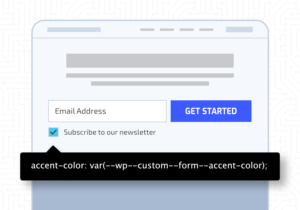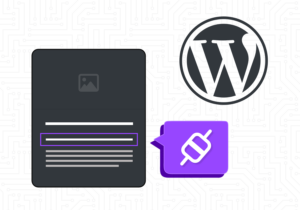The introduction of the theme.json file, commonly referred to as the Global Styles and Global Settings APIs, arrived in WordPress 5.8. This feature enables theme developers to configure site-wide styles, block settings, and block styles from a centralized location, reducing the need for CSS in many cases (though not always). Version two of theme.json added…

Author: Jessica Lavoie
WordPress 6.5 Block Bindings API: Core Block Flexibility
The release of WordPress 6.5 introduced the Block Bindings API, enabling us to retrieve block content from various data sources, such as post meta or custom code. This allows us to easily extend existing core blocks by replacing supported attribute values without the need to create new custom blocks. Block Support As of now, block…
Enhancing Accessibility with CSS prefers-reduced-transparency
In web development, creating websites that are not only visually appealing but also accessible to a diverse audience is crucial. One essential aspect of accessibility is accommodating users with different preferences and needs. In this blog post, we’ll explore a CSS feature that contributes to a more inclusive web experience: prefers-reduced-transparency. Understanding prefers-reduced-transparency The prefers-reduced-transparency…
WordPress State of the Word 2022 Highlights
WordPress co-founder, Matt Mullenweg, delivered the keynote address at the 2022 State of the Word in New York City on December 15. This is an annual event where Matt recaps the year and highlights the goals and focus for what to expect on the horizon. Here are a few notable talking points to reflect on.…



